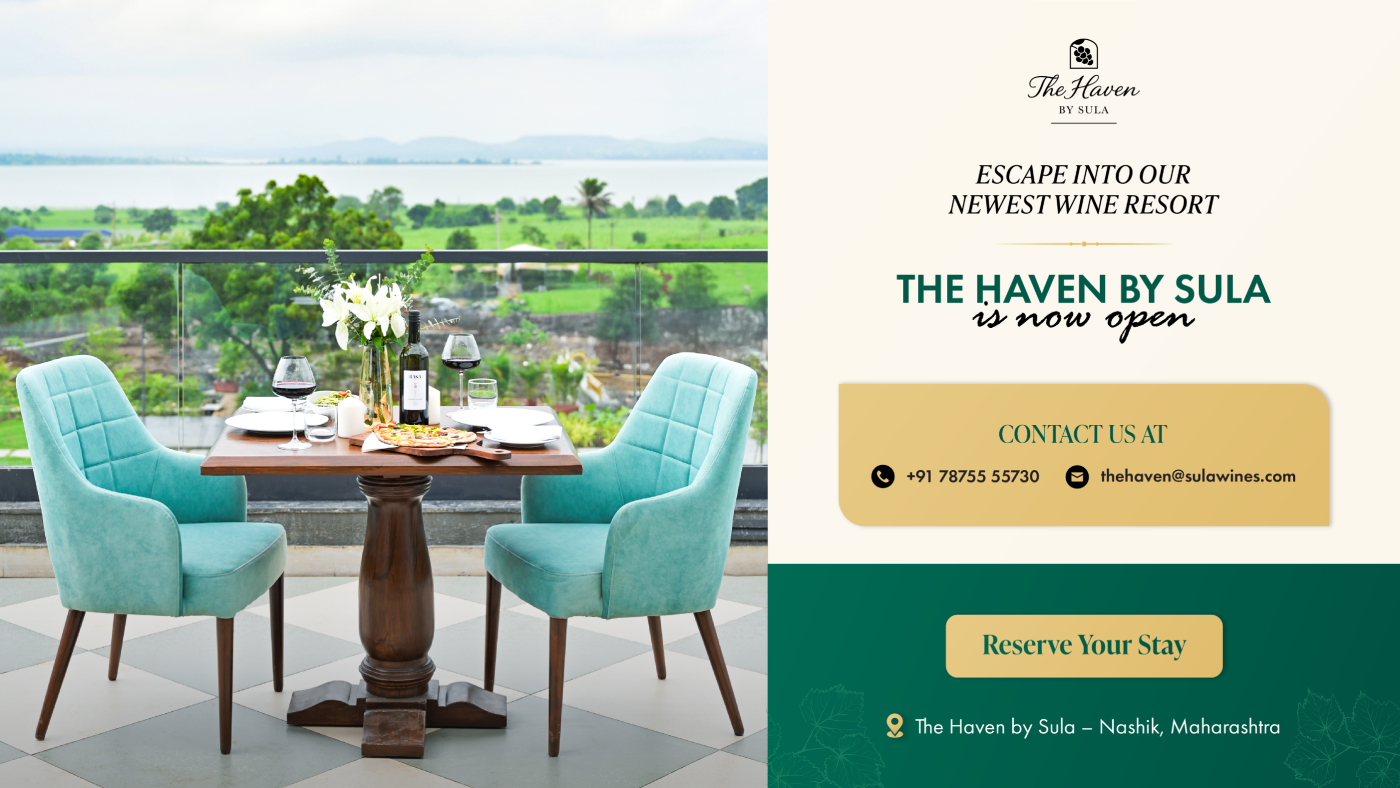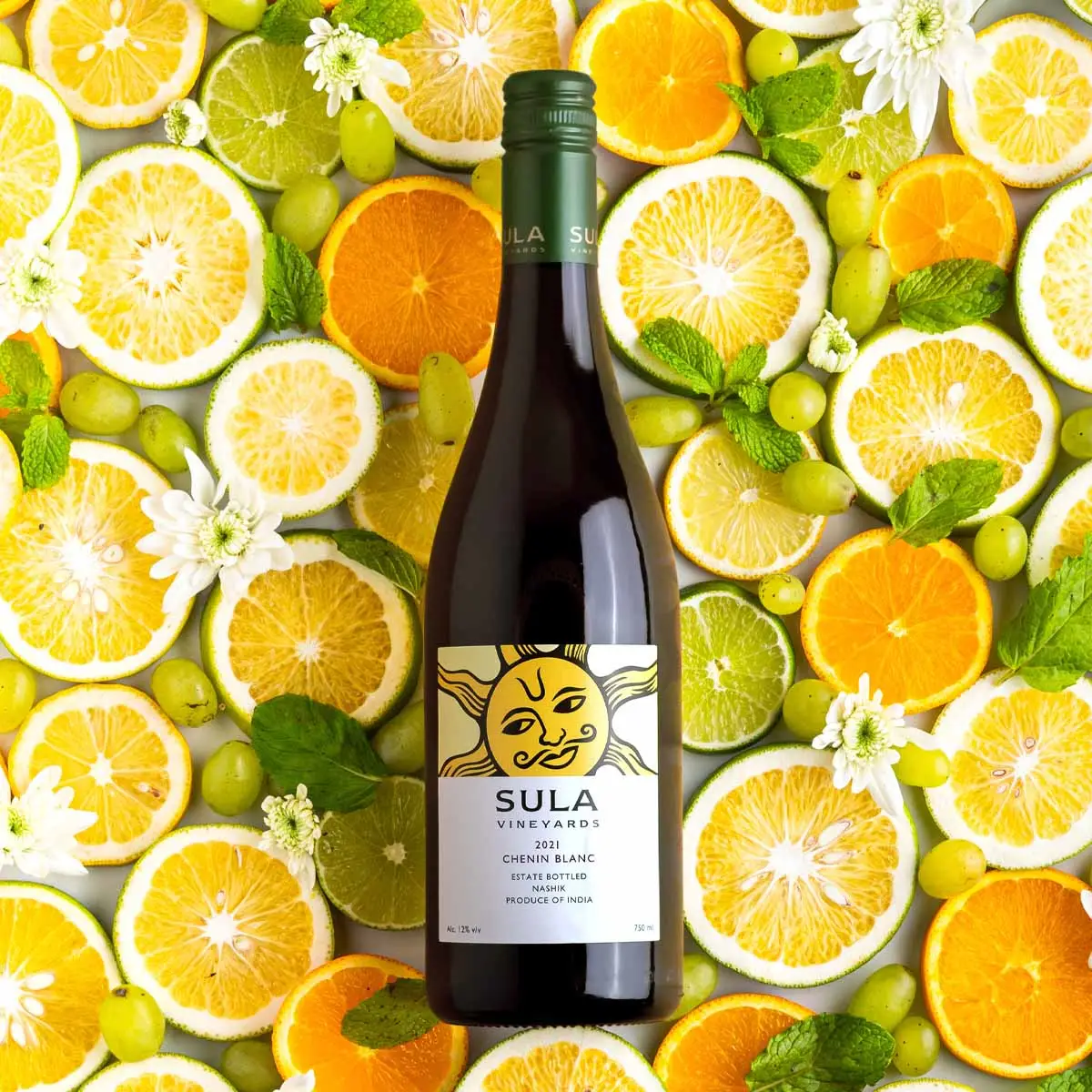Aside from the variety of flavours that Sula’s different red wines, white wines and sparkling wines have to offer, there are things that you can do to enhance the quality of your wine-drinking experience. Just like how you know which items in your kitchen go in the cabinet and which ones go in the fridge, wine has a specific place and way to be stored as well! There are various optimal wine storing temperatures and techniques that ensure preserving the quality of your wine long term. Similarly, you would never serve ice cream hot, or chips cold. Thus there are several optimal wine serving temperatures too. These, along with the different wine serving techniques can be extremely fun to follow, as you will get to enjoy your drink to the fullest extent. Aside from how sophisticated different wine glasses look, there are also scientific reasons behind using particular glasses for particular wines. If you would like to learn more about storing and serving your wines like a pro, then this blog post is for you.
Wine Storage Temperatures
Storing wine at its ambient temperature ensures keeping its aromas and rich flavours intact. The average temperature of 10-15°C is fine for the long term storage of wine. However, if you are expecting to drink the wines you are storing in the near future, then it’s best if you try to adhere to certain storage temperatures. Red wines can be stored between 12-19°C, white wine between 8-12°C and sparkling wine between 5-8°C. Temperatures above 25°C should be avoided since this could possibly change the flavour of the wine over a prolonged period.
Wine Storage Tips at Home
Keep Away from Vibrations
Although sipping on your favourite glass of wine while listening to music can be therapeutic, it is essential to ensure to store the bottles away from the vibrations of the stereo system. Vibrations coming from exercise areas and even your washer and dryer can disturb the sediments in your bottle. Keep in mind that serving wine around any kind of vibrations is not an issue, and so you can create the ambience that you desire!
Keep Away from the Sun
Although sunshine is a must for the grapes that go into making the wine, after the wine has been bottled, it wouldn’t do much good. UV light which is found in the sun’s rays can cause your wines to prematurely age, and can even fade their labels. Taking your bottles out for an occasional picnic is perfectly fine, but other than that, it is pretty easy to hide them away from the sun.
Avoid Temperature Fluctuations
At the correct temperature, you can keep your wines to sit for ages until you wish to drink them. However, you might not be able to enjoy your wine just as much if you store it in a room that is too hot or too cold, or a mix of both due to temperature fluctuations.
Store Your Wine Horizontally
Storing your wines horizontally is a great way to do it. This method is efficient and creates maximum space for your wines, along with ensuring easy access.
Create Your Own Wine Storage Space
If you don’t have temperature-controlled storage space for your wine collection, it is best to store the bottles in a cool cupboard that is preferably not in the kitchen. Kitchens are usually exposed to vibrations from dishwashers and the heat from your refrigerator. If you happen to have a basement or a similar space that is free of dampness and can protect your bottles from light, you can even turn it into a makeshift wine cellar! If you would like to store your wine in the kitchen, you can always invest in a wine fridge. This is a great idea if you want to start a grand wine collection. However, the average wine drinker can easily make do without one.
Wine Serving Temperatures
Different styles of wine have different wine serving temperatures. Although it is said that full-bodied red wines tend to taste best close to room temperature, it isn’t necessarily the exact same temperature as the room you are in when the wine is being served. It is best to serve wines made from Shiraz, Cabernet, Merlot, and Zinfandel at 18°C, 17°C and 15°C respectively. White wine, rosé and sparkling wines are usually served cold. Rosé wines and wines made from Viognier, Chardonnay and Riesling are served at 12°C, 11°C, 9°C and 8°C respectively.
Selecting the Right Wine Glass
Aromas play a very important role in the overall character of all types of wines. It’s harder for the aromas to escape from a smaller bowl. Larger bowls allow more oxygen to come in contact with the wine. They also allow for easier swirling, which helps aerate the wine to release the beautiful aromas. This is why this particular step is very important in the wine tasting process. Let’s take a look at which glass to use for which type of wine.
Cabernet Sauvignon Glass for Red Wine
The Cabernet Sauvignon Glass is also known as the traditional red wine glass. Red wine tends to be high in alcohol content and also contains a significant amount of tannin. The larger bowl in this glass creates more distance between the wine and the drinker and thus allows the aromas to reach you easily, while also allowing the tannins to soften. You can pour yourself a glass of The Source Cabernet Sauvignon in this traditional red wine glass.
Chardonnay Glass for White Wine and Rosé
The Chardonnay glass is also known as the Viognier glass or the traditional white wine glass. It is meant for fresh and young wines and thus we serve our white and rosé wines in them. Its narrow rim concentrates the nose of the wines and their aromas. The wines can also be kept colder, as per their optimal serving temperatures, with the help of the smaller bowl size. You can enjoy a glass of Sula Late Harvest Chenin Blanc or Sula Zinfandel Rosé in this traditional white wine glass.
Champagne Flute Glass for Sparkling Wine
The Champagne Flute glass is focused on the bubbles with its narrow design. It’s to the point when it comes to capturing the fruity aromas of the wine, with the help of the design of the glass. As a result, the effervescence remains fresh for longer. You can savour a glass of Sula Brut Tropicale, which is a special edition sparkling rosé, in this particular type of wine glass.
Serving Tips
You can use a mixture of cold water and ice to bring wine down to its optimal serving temperature if needed. Pour still wines towards the centre of the glass, and make sure to pour sparkling wines against the side to preserve the bubbles.
Final Thoughts
At Sula, every wine is made keeping the environment in mind, by following strict sustainable, environment-friendly practices. We’re always striving to bring you the best-quality wines in India, combining various winemaking techniques. We hope that this detailed explanation of how to store and serve your wines to enjoy them to the fullest has helped you.
Want to stay updated with the latest in the world of wines? Follow us on Instagram, Facebook, and Linkedin today!







